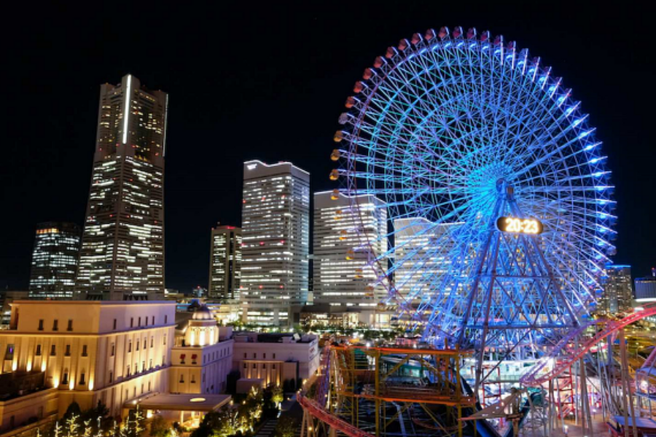
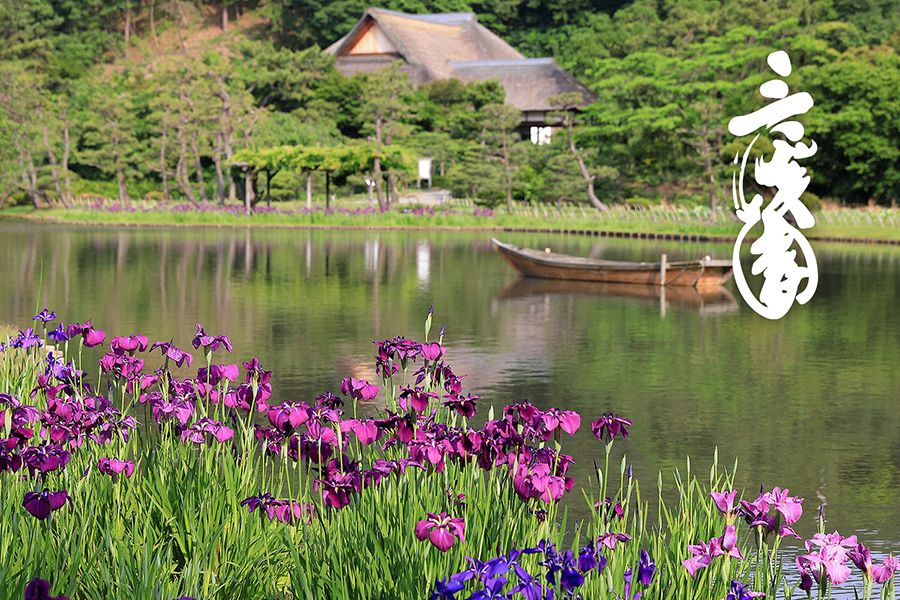
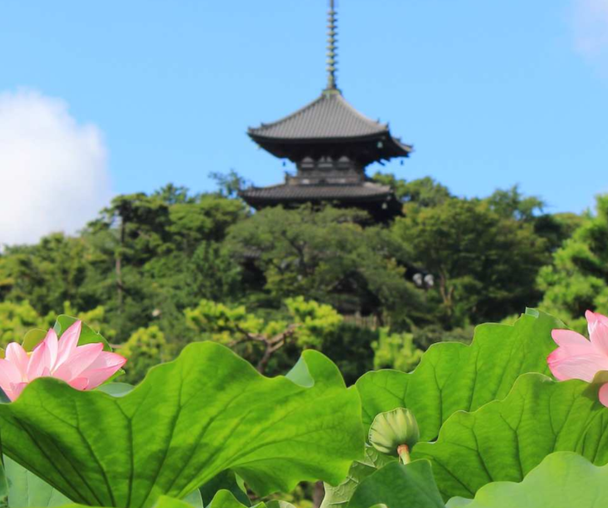
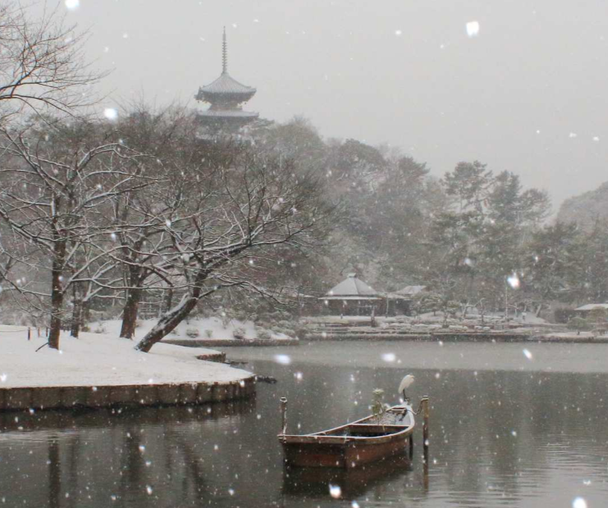
Yokohama Sankeien Garden Ticket
Product Info
 1 person
1 person Not Included
Not Included Mobile voucher
Mobile voucher Confirmed within 8 hours
Confirmed within 8 hours Use only on the selected date
Use only on the selected date Cancellation unavailable
Cancellation unavailable

WAUG A Ticket
Japan's expert exhibition and destination tickets.
Reviews2
5.0





우헌*
BESTThe garden is very large and peaceful. It is well-maintained. There is a place selling old-fashioned dango in the garden, and it is a beautiful place where local people come to take wedding photos and model magazine shoots.





Highlights
Created in 1906,
Sankeien, a traditional Japanese garden
Sankeien Garden is a Japanese-style garden located in Sankeien, Honmokusannotani, Naka-ku, Yokohama City, created by Tomitaro Hara (Sankei), an entrepreneur and tea master. The complex contains 17 historical buildings, including 10 buildings designated as important cultural properties of Japan and 3 buildings designated as Yokohama tangible cultural properties.
The garden was designed to blend in with the natural terrain and features rolling hills, ponds, and a variety of plants. The Sankei Memorial Hall within the garden contains materials and artwork related to Sankeien and Hara Tomitaro. New exhibits rotate about once a month, and the museum also has a traditional tea room where you can enjoy matcha tea, and a shop selling Japanese miscellaneous goods and sweets.
Program
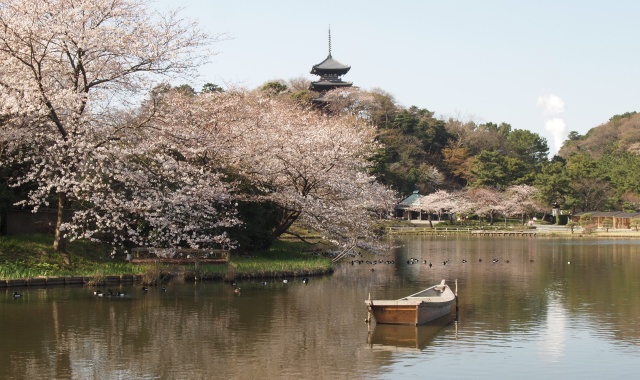
One of Japan's three great gardens
Explore the Sankeien Garden
Located in Yokohama, near Tokyo, is the famous "Sankeien Garden", one of Japan's three major gardens. Sankeien Garden is a private garden created by Sankei Hara of Yokohama, who accumulated wealth through trade, from the late Meiji period to the Taisho period. The garden is approximately 175,000㎡ in size, making it extremely large for a private garden.
The inner garden is used by Sankei as a personal garden, and the outer garden has been open to the public for free since 1906, when the garden was completed, and has established itself as a resting place for Yokohama citizens. Afterwards, it was severely damaged by a major earthquake and World War II, but was restored to its current appearance through restoration work in 1958 and designated as a Japanese scenic spot in 2007.
Beautiful all year round

Sankeien Garden has a different scenery each season, allowing you to observe a variety of flowers throughout the year. Cherry blossoms and azaleas bloom in spring, green leaves sprout here and there in summer, leaves turn red in fall, and the snow piled up in winter is very beautiful. Visit Sankeien Garden, which boasts different charms in each season and enjoy the beautiful scenery.
Important Cultural Property Rinshunkaku

Sankeien consists of two gardens: the outer garden, which was opened to the public in 1906, and the inner garden, which Sankei Hara used as his personal garden. Compared to the open outer garden where you can enjoy flowering trees all year round with the triple pagoda relocated from Domyoji Temple in Kyoto on the hill in the background, the inner garden has teahouses and other old buildings scattered throughout, adding to the delicate scenery.
Among them, Rinshunkaku, known to have been built as a villa for the Kishu Tokugawa family in the early Edo period around the mid-17th century, is a representative building of Sankeien, along with the triple pagoda, and is also an important cultural property.
Sankei Memorial Hall

In addition to his ancestral rites and raw silk trading business, Sankei Hara also contributed greatly to the protection and development of Japanese culture and art, including building and opening Sankeien Garden, collecting ancient art, and supporting young artists based on the wealth he gained through this. The Sankei Memorial Hall is a facility that displays and introduces these achievements, related materials, and artwork, and was built in 1989 through a design by architect Hiroshi Oe (1913-1989).
There is also a tea room, boto-tei, and museum shop where you can experience a full-fledged tea ceremony using casual tables and chairs, so there is a variety of things to see and do.
Information
What's Included
- Garden entrance fee
What's Not Included
- Personal expenses
- Get travel insurance
 How To Use
How To Use
- Product purchase & reservation confirmation
- Send mobile voucher by email
- Use after presenting the voucher on the day of use
address :
Sankeien Garden
58-1 Honmokusannotani, Naka Ward, Yokohama, Kanagawa 231-0824日本
Open in Google Maps
operating time :
09:00 AM - 17:00 PM
Last entry - 16:30 PM
* Please check the official website for detailed business hours and closing days. Check

Location
58-1 Honmokusannotani, Naka Ward, Yokohama, Kanagawa 231-0824 Japan
 What to Remember
What to Remember
Cancellation and Refund
Yokohama Only Picks!


 more
more
Yokohama TOP 20
- 타겟
- production
- 서비스
- activity
- 버전
- 3.19.4
- 폰트
- 화면 스타일






















